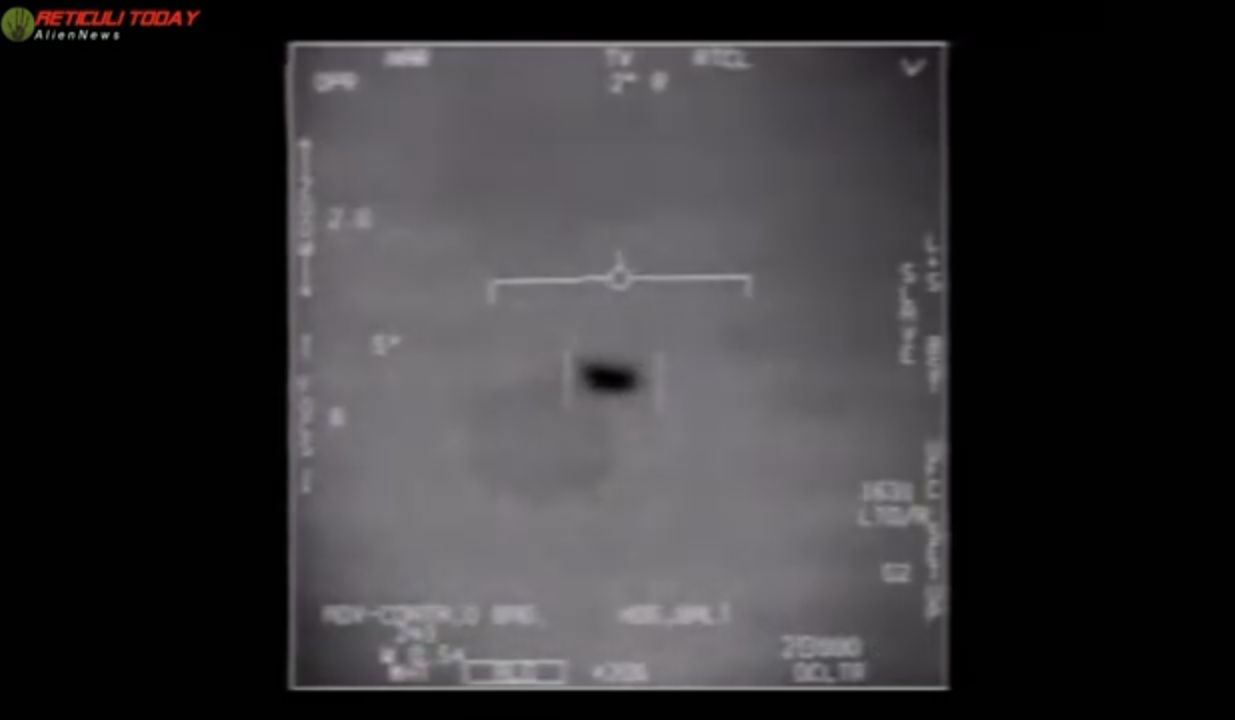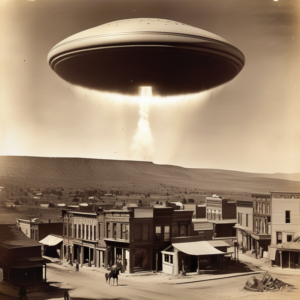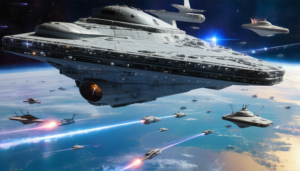Mysterious Encounter: USS Nimitz Pilots Witness High-Speed “Tic-Tac” UFO

In November 2004, the USS Nimitz Carrier Strike Group experienced a baffling encounter with an unidentified aerial phenomenon (UAP) off the coast of Southern California. The incident, now widely known as the “Tic-Tac UFO” sighting, has since become a pivotal case in discussions about unexplained aerial phenomena.
The event began when the USS Princeton, a missile cruiser in the strike group, detected strange radar signatures. The objects displayed seemingly impossible flight capabilities, dropping from 80,000 feet to near sea level in seconds. Alarmed, the Princeton alerted the strike group, prompting a response from two F/A-18F Super Hornet fighter jets.
Commander David Fravor and Lieutenant Commander Alex Dietrich, the pilots dispatched to investigate, soon found themselves in a surreal confrontation. They observed a white, oblong object about 40 feet long hovering above the ocean. The object exhibited no visible propulsion system, wings, or rotors, yet it moved with agility and speed far beyond known technology.
“When we got closer, it suddenly accelerated—like nothing I’ve ever seen before—and disappeared,” Fravor later recounted. “It was as if it had just vanished.”
Following the encounter, radar systems aboard the Princeton tracked the object again—this time 60 miles away—indicating it had moved at an unprecedented speed.
Video footage from the incident, captured via onboard sensors, was declassified by the U.S. Department of Defense in 2017, sparking global intrigue. The video, part of a series released by the Pentagon, shows a fast-moving, featureless object performing maneuvers that defy known physics.
The USS Nimitz incident has prompted renewed interest in UAPs, culminating in the formation of government initiatives like the Unidentified Aerial Phenomena Task Force (UAPTF) and its successor, the All-domain Anomaly Resolution Office (AARO). These programs aim to investigate the potential threat and origins of such phenomena.
For many, the Nimitz encounter underscores the need for further research and transparency about UAPs. Whether of terrestrial or extraterrestrial origin, the “Tic-Tac” UFO remains an enigma, challenging our understanding of aviation and technology.
The incident has solidified its place as one of the most credible UAP cases, fueling both scientific inquiry and public fascination about what lies beyond our skies.






